THIS ARTICLE/PRESS RELEASE IS PRODUCED AND FINANCED BY the norwegian space agency - READ MORE
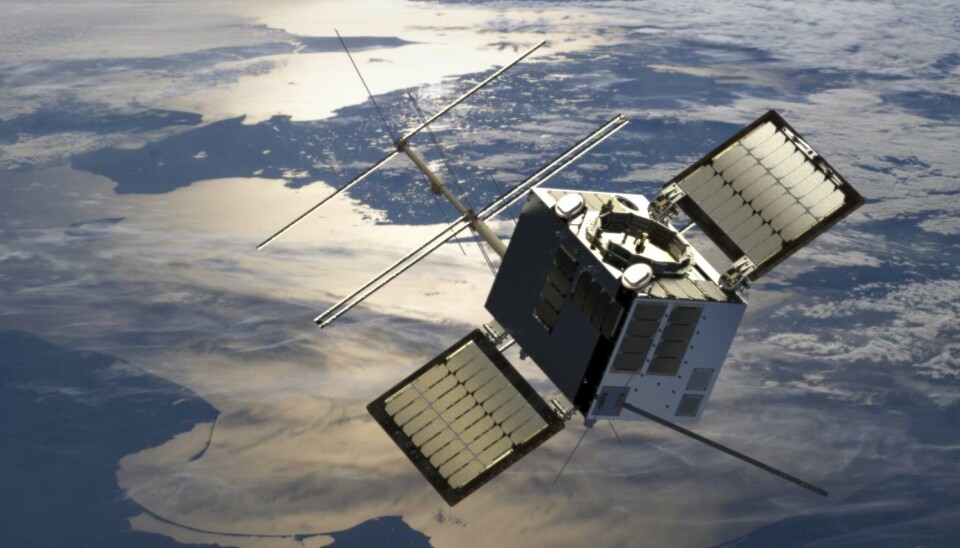
Norway’s new national satellite will be launched on 9 April
The satelite NorSat-TD will demonstrate new technologies for satellite control, tracking, navigation, communication and maritime traffic monitoring.
NorSat Technology Demonstrator (NorSat-TD) is to be launched on Sunday the 9th of April, 8:44 AM CET.
It will be launched with a Falcon 9 rocket from SpaceX at the Vandenberg Space Force Base in California.
NorSat-TD will be launched on a rideshare along with more than 50 other satellites of varying sizes.
The launch will be broadcast live on SpaceX's YouTube channel.
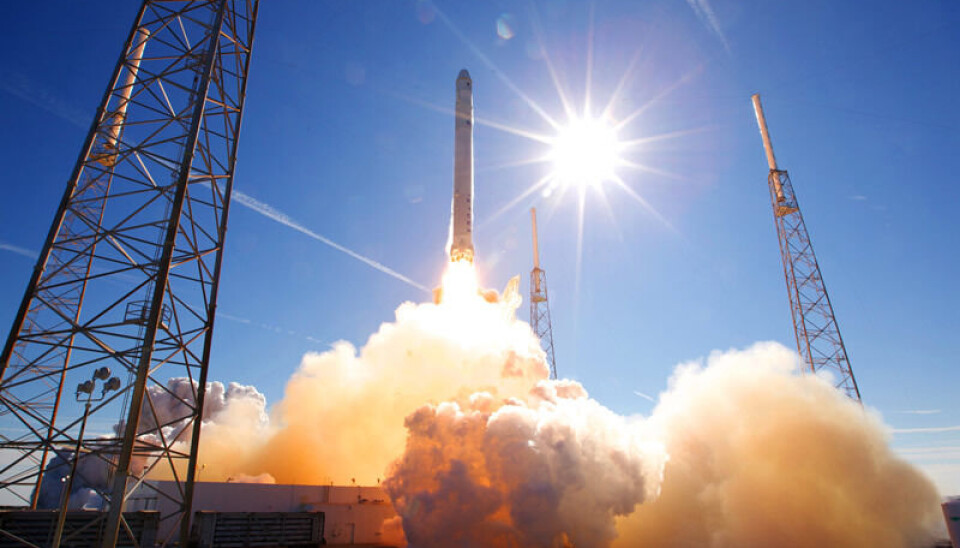
Green ion engine for satellite propulsion
NorSat-TD will test a new system for satellite propulsion: An engine powered solely by electricity and iodine. This ion engine has been delivered by the French company ThrustMe, in cooperation with France’s space agency CNES.
“This engine enables us to control the satellite and increase Norwegian expertise in navigation and operating a satellite in low Earth orbit. This applies not least in an environment where there will eventually be an increasing number of satellites," Tyler Jones says.
He is the project manager for satellites at the Norwegian Space Agency.
The ion engine will make it possible to move NorSat-TD in case satellites or space debris come dangerously close.
When the mission is over, the engine can be used to lower the satellite into the Earth’s atmosphere for disintegration.
“This way we can avoid adding to the space debris already in orbit. With a propulsion system that only uses electricity and iodine, this is a green technology for the Earth as well,” Jones says.
Laser reflector for satellite tracking
In order to be able to control a satellite, accurate tracking is necessary. That's why NorSat-TD has a system for satellite tracking and navigation, called Space Star. It has been supplied by the Norwegian company Fugro AS.
“Space Star will pinpoint NorSat-TD’s position in real time with an accuracy of less than 10 centimetres. This is important not only for satellite tracking and control, but also for satellites that are flying in formation and for collision warning,” Jones says.
To track NorSat-TD, there is also a new and miniaturised laser reflector on board. This instrument will reflect lasers from Earth in order to measure the distance to the satellite and determine its orbital position with millimetre accuracy.
The laser reflector has been supplied by the Italian nuclear research institute INRI SCF Lab, in cooperation with Italy’s space agency ASI.
“With Space Star, the laser reflector and the ion engine on board, we do not need to move the satellite very far in order to build experience with orbital manouvering and tracking. With these technologies we only need to move NorSat-TD a few metres to obtain data of tracking, navigation, and engine performance,” Jones says.
Laser for transmitting data to Earth
NorSat-TD will not only reflect lasers from Earth, the satellite also has a laser on board, to be beamed to telescopes on the ground.
“This laser system is a collaboration with the Dutch space agency NSO and is named SmallCAT. This laser will beam data to a telescope on Earth to enable the transfer of much larger amounts of data than can be downlinked from satellites today by radio frequencies,” Jones says.
The main telescope station for testing the optical laser communications technology from orbit is located at the research institute TNO in Delft, the Netherlands.
“The Norwegian Defence Research Establishment is developing a similar type of telescope. This telescope will be tested by SmallCat onboard NorSat-TD, with TNO and Kongsberg Satellite Services (KSAT) as project partners,” Jones says.
KSAT’s satellite station SvalSat on the Arctic island of Svalbard is one of the most used in the world. All types of satellites in orbit around Earth and spacecraft in the solar system use SvalSat as ground station.
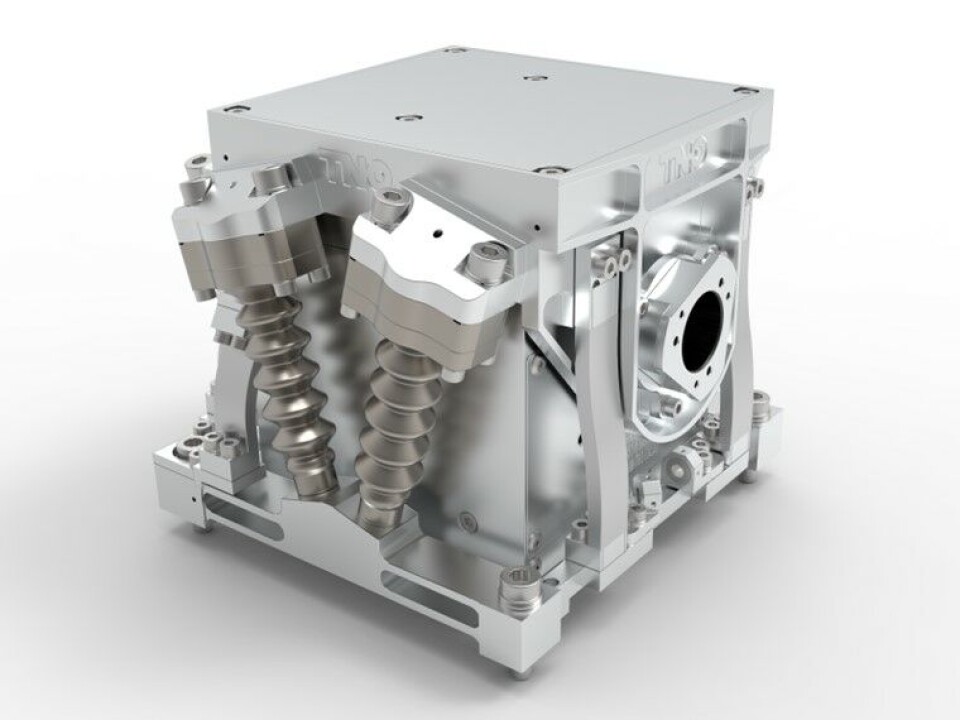
Monitoring maritime traffic
Similar to the other Norwegian satellites NorSat-1, NorSat-2 og NorSat-3, NorSat-TD carries an Automatic Identification System (AIS) receiver from the Norwegian company Kongsberg Seatex.
This AIS receiver will monitor maritime traffic in Norwegian and international waters via the AIS which all vessels above a gross tonnage of 300 are obliged to carry.
Norwegian authorities use this system to monitor maritime traffic, illegal fishing, smuggling, oil spills and more.
“The AIS receiver on NorSat-TD is a new and miniaturised fifth generation AIS receiver and will be performing similar tasks as the AIS receivers on the other Norwegian national satellites. It will also be used to test the Internet of Things in the Arctic,” Jones says.
Onboard NorSat-TD is also a new type of technology for two-way communication between satellites, ships and land. This system, called VHF Data Exchange System, has been provided by SpaceNorway and enables ships to easily both receive and send messages.
“These include ice maps, navigational data, alerts from authorities and information crucial for search and rescue,” he says.
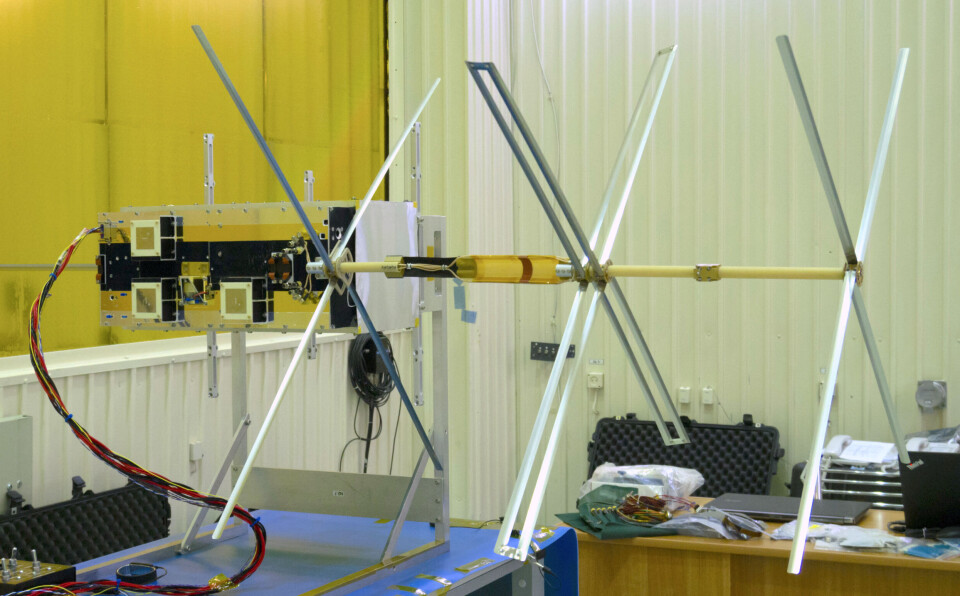
A moment for celebration
“The various instruments onboard NorSat-TD have received support from several of the European Space Agency’s programs. ESA is a part of the NorSat-TD collaboration,” Jones says.
He plans on watching NorSat-TD’s launch on a SpaceX rocket from California.
“Watching the launch will be very exciting and I’m really looking forward to it. It will be a moment for celebration to see the rocket with NorSat-TD lift off. But it will be even greater to receive the first signals from the satellite confirming that all is well,” Jones says.
“NorSat-TD is a very exciting project. In fruitful collaboration with national and international partners, we have developed a satellite that is packed with technology. Small satellites can be very useful for small nations, and this is a good opportunity for Norway to demonstrate several satellite functions that will be important for our national needs, and will stimulate industrial activities,” Christian Hauglie-Hanssen, Director General of the Norwegian Space Agency, says.
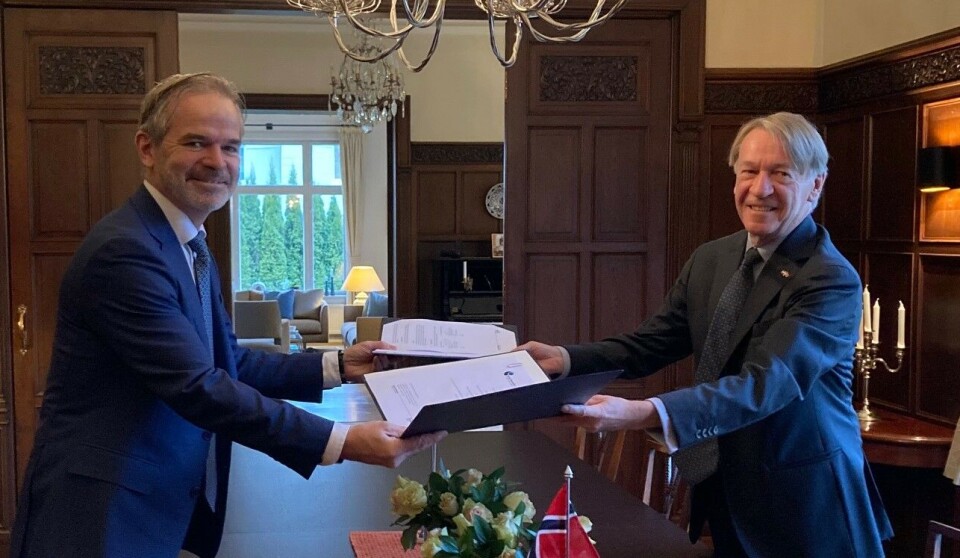
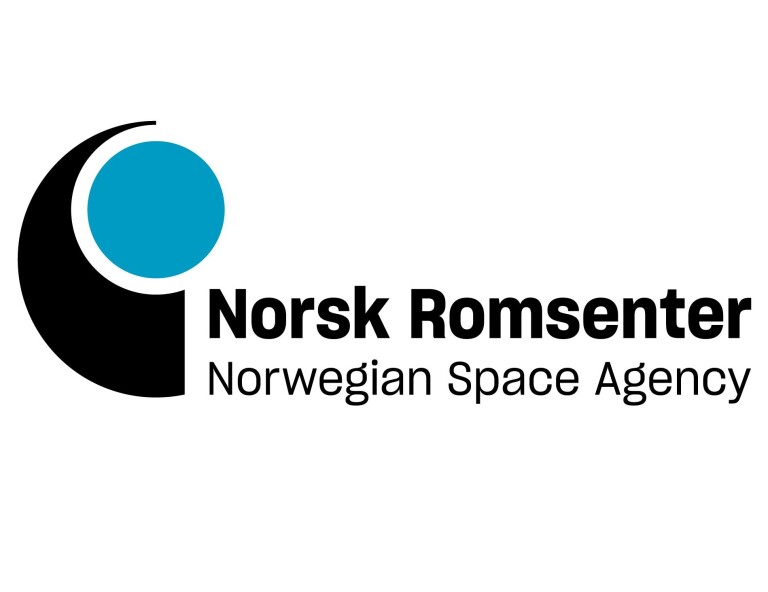
This article is produced and financed by the Norwegian Space Agency
See more content from Norwegian Space Agency:
No content































